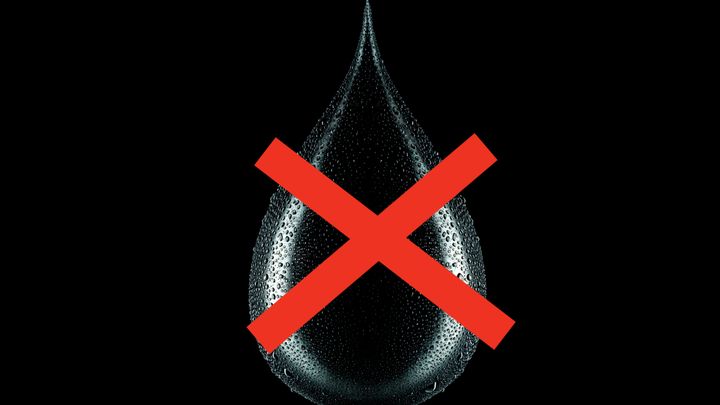
I don’t know about you, but I sort of scramble through life assuming some things are true without really questioning them.
For instance, I always assumed Wi-Fi stood for something (I was wrong); I thought you had to cool food completely before placing it in a fridge (cue game show ‘fail’ buzzer); and ’til today, I believed raindrops were, well, droplet-shaped.
Turns out (according to none other than NASA) that smaller droplets are actually roughly spherical, and larger ones turn into a sort of hamburger bun shape. The largest drops turn into a kind of frisbee formation.
What? Since when? Why?
All valid questions! And luckily, Dr. Joe Hanson has answers on his educational YouTube Channel Be Smart.
“When water drips, say from a [tap], it does kind of take on a teardrop shape as its tail drags behind it,” the scientist explained. “But that’s only for a split second.”
Once they’ve fallen from clouds, the surface tension means they form a roughly spherical shape ― deformed only slightly by air resistance. However, even that deformation “never” takes a teardrop shape in the air, Hanson explains.
“Gravity’s pulling [the drop] down, collisions with air molecules provide a force in the other direction, and there’s attractive forces between the molecules holding the drop together,” he said.
“All of these combined flatten the spherical drop into a kind of hamburger-like shape.”
As rain falls, multiple small, spherical drops stick to one another to form a larger single drop that flattens as it falls. At about five to six millimetres, it’ll go “from bun-shaped to parachute-shaped” before tearing itself apart.
“Physics tells us rain is more pancakes and hamburgers than teardrops,” Hanson says. “Hope I didn’t ruin your childhood,” he added (too late, mister).
So why did I think they’re teardrop-shaped?
I suppose, like with love hearts, we got the design wrong once then decided it was cuter forever.
“The artistic representation of raindrop as presented by popular culture is that of a teardrop. Actually, real raindrops bear scant resemblance to this popular fantasy (except after they have ceased to be raindrops by splattering on a window, say),” Alistair B. Fraser, professor of meteorology, wrote on his site.
“Virtually everyone from advertisers to illustrators of children’s books represent raindrops as being tear-shaped.”
Perhaps another reason why we associate raindrops with teardrop shapes is that we’re more likely to see them when they’re falling off (and still attached to) objects like a glass window or a tap than we are when they’re falling.
I need a lie down after all that...